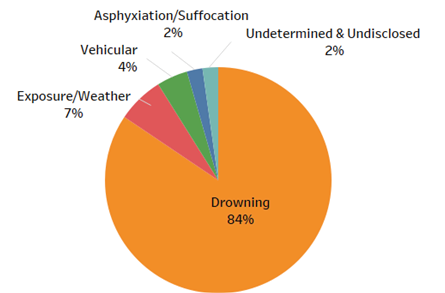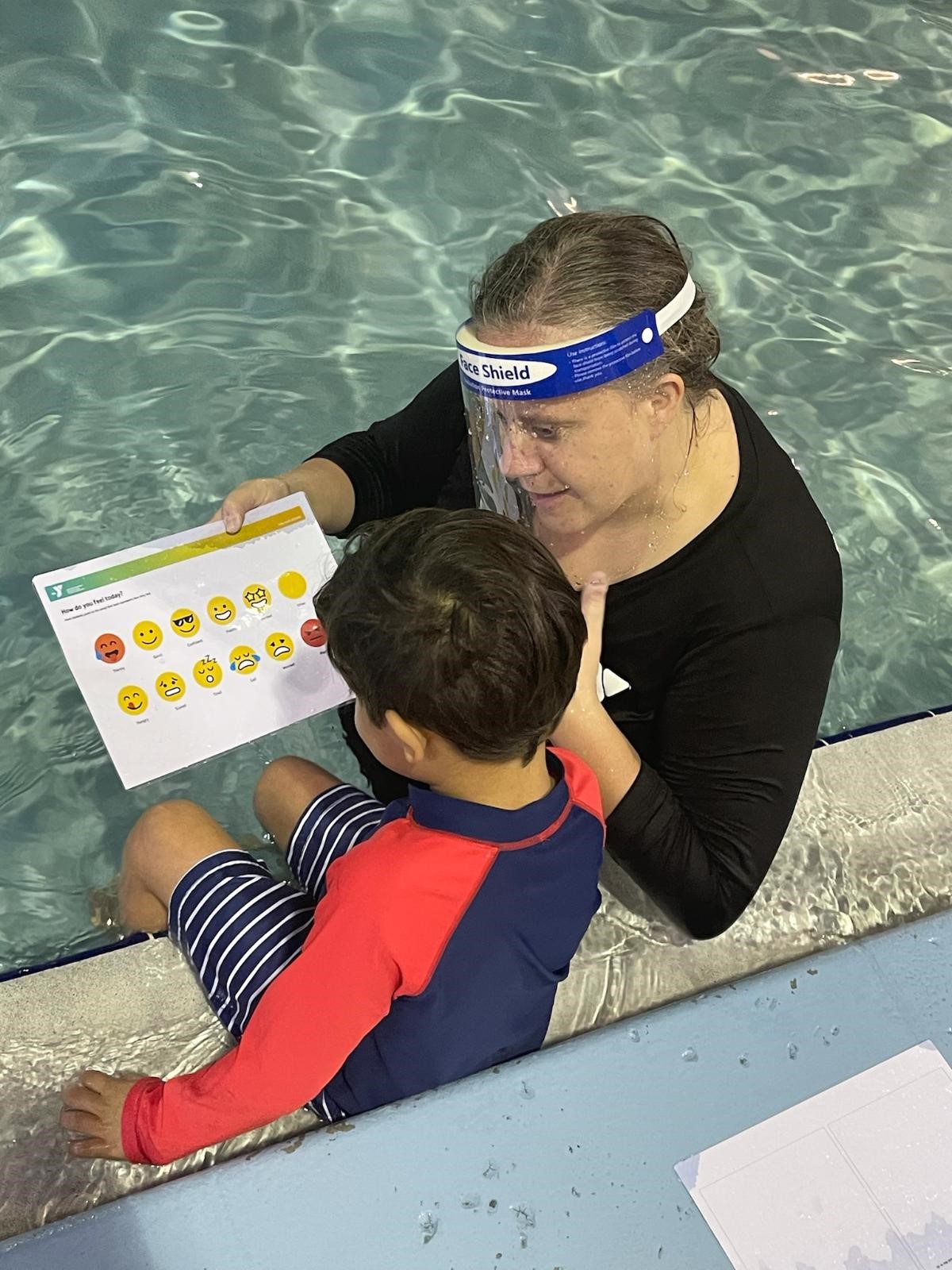From teaching road safety to establishing kid-friendly zones, these tips will help your kids get the most out of outdoor play -- while avoiding anything worse than the usual bumps and bruises.
Getty
American children spend over three times as many hours in front of screens as they do outdoors. As children get older, their screen time increases on average, too, giving them less time to spend outside. Yet research suggests unstructured, outdoor play leads to higher self-directed executive functioning in children. In fact, being outdoors and playing in nature are essential to a child's overall health and well-being.
But there's a reason many parents are hesitant to send their children out the front door: outdoor play is simply riskier -- at least on an immediate, physical level -- than watching TV. Luckily, a few simple tricks can help lower the risks to children associated with playing outside.
Use the buddy system
Depending on the ages of your children, independent play can be risky without parents around to monitor it. If a child gets hurt, they might not be able to reach help on their own. Having a buddy around while playing can keep both children safer.
Emphasize personal safety
Educate your children on personal safety, especially when riding bikes, skating and playing sports. Teach your children the importance of wearing a helmet and that it's non-negotiable. Elbow and knee pads and other sports-specific gear are helpful protective measures. Instilling the importance of protective gear and helmet-wearing at all times when they're young ensures they'll make safer choices as they gain more independence.
Have a plan
In case of an emergency, you should already have a home safety plan in place. But do you also have a plan in place for your older kids as they gain more independence? When your children are old enough to leave your yard or venture away from your building, they should know what to do if they're hurt or need help of any other kind.
Talk through potential hazards with them, letting them ask questions along the way. Do they understand where to go, what to do and who to contact if something happens to them, a friend or even a stranger? Is there a plan B if you're not home, or if they can't reach you?
Use smart security as an extra pair of eyes
While many parents develop keen ears for hearing their child's distant cry -- including whether it's playful or genuine -- an extra set of eyes when the kids are outside can't hurt. Having an outdoor home security camera doesn't just protect your home; it can also give you another way to ensure child safety outdoors. Most smart security cameras can be monitored from smartphones, and some even boast smart features, like animal detection, facial recognition and person alerts, which can help give you more detailed notifications while your children play.
Remember road safety
Personal safety isn't the only thing kids should be educated about when they're playing outdoors. Many children are unaware of the surrounding dangers when outdoors until an adult explains it. Children walking and biking should know the rules of the road, including how to obey traffic laws and the correct traffic flow, like riding with the flow of traffic off to the right instead of against it. If your child has to walk a few blocks to get to the basketball court or nearest playground, do a trial run for their first time and help them navigate the roads -- using crosswalks and looking both ways for cars along the way so they know the right path to take.
Set up a kid-friendly zone
If you're lucky enough to have a backyard or other outdoor area for your kids to play, make sure it's kid-friendly by protecting against common hazards. Pools and hot tubs should be securely closed and locked to prevent accidental injuries or worse. Toys and playhouses should be checked for insect nests, snakes and other unwelcome critters (these will differ based on where you live).
Scan the yard for other potential hazards, like dead tree branches or poison ivy that may have creeped in from the neighbor's yard. If you have a trampoline or are planning to get one, know how to level it properly, especially if your yard is sloped.
For those who don't have a yard, it's important to create age-appropriate boundaries before children can safely play outdoors without an adult. There may be a creek nearby you want them to avoid, or a busy intersection they should steer clear of. Walk the boundaries, teaching them where they can and can't go along the way. If your apartment building has rules -- for instance, kids can play in the garden but aren't allowed to open the exterior door -- make sure your kiddos know the rules and can repeat them so you know they understand.
Keep track of the kids
A bit of freedom goes a long way toward unstructured play for your child's physical and mental growth, but you can't be everywhere with them. One solution is an age-appropriate tracker that can show you where they are, even without them checking in. (We recommend using these trackers only with the knowledge of your children.) You can use tracking services built into smartphones and watches, or use a separate device.
Remember medical considerations
Preparing a child with allergies or other medical issues for outdoor fun might take a couple of extra steps before they're ready to head out the door.
Make sure your children have any medication they need readily available, especially for serious allergies like bee stings. For children who need an inhaler, practice with them so they know when and how to administer their medicine on their own. If your child needs medication at a specific time, make sure they have an alarm set to come back home to take their medicine when needed, or have a system in place for them to safely take it while outside.
Even if your children don't have these concerns, that doesn't mean their friends don't. Check with parents of your children's friends to be sure you're not packing snacks that could lead friends to have serious allergic reactions.
Encourage seasonal preparation
Children should stay well hydrated before, during and after outdoor activities -- especially when the weather is hot. Check on them every half hour to make sure they stay hydrated, and more often during hotter months. Know the signs of dehydration and have rehydration solutions like Pedialyte readily available in cases of mild dehydration.
In winter months, children should wear layers of warm, brightly colored clothes appropriate for the temperatures in your area. This way, they can remove or add layers based on temperature fluctuations, especially around dusk and dawn.
In general, asking what the kids plan to do before they leave for an hours-long play session is a good idea, too: if they say they're building a snow fort, you can remind them not to tunnel under heavy snow; if they say they're playing baseball in the street, you can remind them to watch for cars.
Set check-in timers
Kids can easily lose track of time when they're outside having fun. Help them remember to check in regularly by setting an alarm or reminder on their smartphone or tracker. You can also get an inexpensive smart speaker to set outside that will remind them to check in.




















